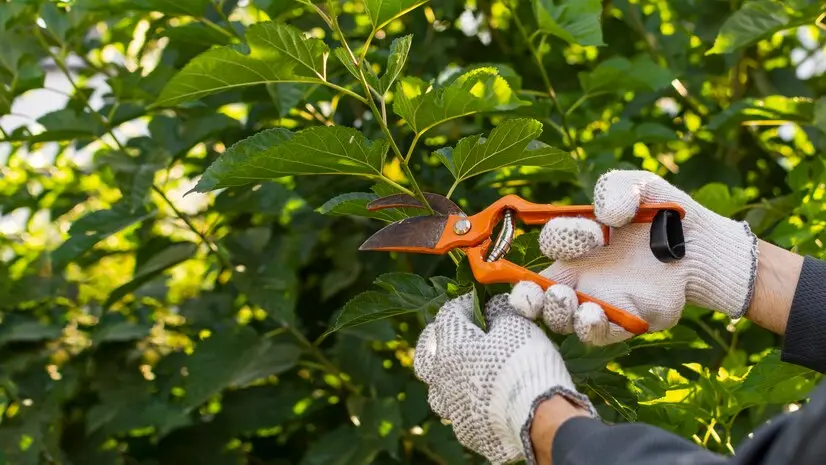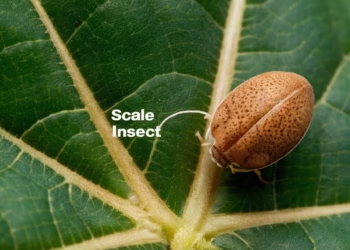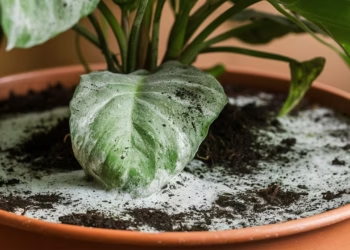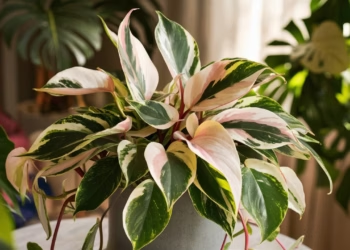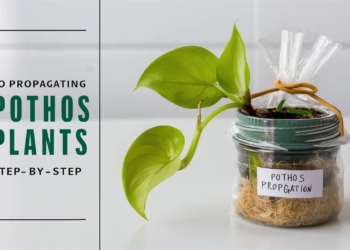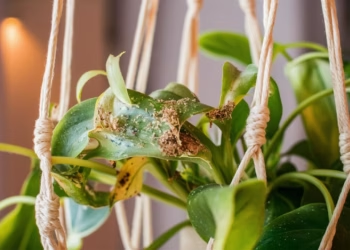Gardening isn’t just a hobby; it’s a journey. Whether you’re a green-thumbed enthusiast or a budding novice, nurturing a garden brings unparalleled joy and satisfaction. But let’s face it, keeping your garden in top-notch condition can be quite the challenge. Fear not! In this guide, we’ll walk you through the best 15 garden maintenance tips (guiding) to help you achieve a vibrant and healthy garden. Ready to dig in? Let’s get started!
Table Of Contents
Soil Preparation: The Foundation of a Thriving Garden
Your garden’s success starts with the soil. Healthy soil means healthy plants, so it’s crucial to get it right from the beginning.
Test Your Soil
- pH Levels: Ensure your soil’s pH is suitable for the plants you want to grow. Most plants thrive in slightly acidic to neutral pH (6.0-7.0).
- Nutrient Content: Check for essential nutrients like nitrogen, phosphorus, and potassium. You can buy a soil testing kit from your local garden center or send a sample to a lab.
Enrich with Organic Matter
- Compost: Regularly add compost to improve soil structure, moisture retention, and nutrient content.
- Manure: Well-rotted manure is a fantastic soil conditioner and natural fertilizer.
Choose the Right Plants for Your Climate
Not all plants are suited to every climate. Select plants that will thrive in your specific conditions.
Research Plant Hardiness
- USDA Hardiness Zones: Identify your zone and choose plants that are rated for it.
- Microclimates: Consider variations in your garden such as shaded areas or spots that get full sun all day.
Choosing Drought-Tolerant Plants
Opt for drought-tolerant plants such as lavender, mimosa, and verbena. These plants require less water and can withstand dry, hot conditions, making them ideal for gardens with limited watering capabilities. Planting these varieties while they are small or growing them from seed can significantly reduce your garden’s water requirements.
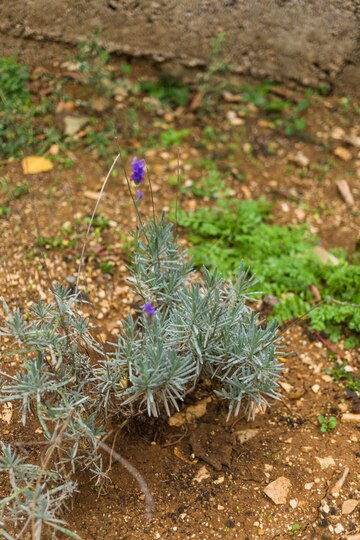
Watering Wisely: Hydration Techniques for a Healthy Garden
Proper watering can make or break your garden. Overwatering or underwatering can lead to plant stress and disease.
Morning Routine
- Early Birds: Water your plants in the early morning to minimize evaporation and fungal growth.
- Deep Soaking: Ensure water penetrates the root zone, promoting deep root growth.
Smart Irrigation
- Drip Systems: These minimize water waste and deliver moisture directly to the plant roots.
- Mulching: Mulch around plants to retain moisture and reduce the frequency of watering.
Maintaining Moisture in Flowering Beds
To keep your flowering beds evenly moist, water them one to two times per week. It’s best to water in the evening or early morning when the soil is cooler, reducing evaporation and ensuring more water reaches the roots.
Avoiding Water Damage
When watering, avoid getting water on the leaves or plant heads to prevent mold formation. Water gently to minimize damage to delicate plants.
Collecting Rainwater
Autumn and winter are ideal for collecting rainwater, which is better for your plants due to its lower pH. Use a shed, greenhouse, or garage to collect and store rainwater for use in the summer.
Fertilizing Fundamentals
Plants need nutrients to grow strong and healthy. Knowing when and how to fertilize is key.
Organic vs. Chemical
- Organic Fertilizers: Slow-release and improve soil health over time.
- Chemical Fertilizers: Quick-release but can lead to nutrient burn if overused.
Timing and Application
- Growing Season: Fertilize during the active growing season for the best results.
- Follow Instructions: Always adhere to the recommended dosage on the fertilizer package.
Pruning and Trimming: Shape Up Your Plants
Regular pruning keeps your plants healthy and promotes better growth.
Pruning Techniques
- Deadheading: Remove spent flowers to encourage more blooms.
- Thinning: Cut out overcrowded branches to improve air circulation.
Best Times to Prune
- Dormant Season: Prune most plants in late winter or early spring before new growth begins.
- After Blooming: For spring-flowering shrubs, prune immediately after flowering.
Pest Control: Protecting Your Plants
Pests can wreak havoc on your garden if not managed properly.
Natural Remedies
- Beneficial Insects: Attract ladybugs, lacewings, and other beneficial insects that prey on common garden pests.
- Homemade Sprays: Use solutions like neem oil or a mixture of soap and water.
Chemical Options
- Insecticides: Use as a last resort and follow label directions to minimize harm to beneficial insects and the environment.
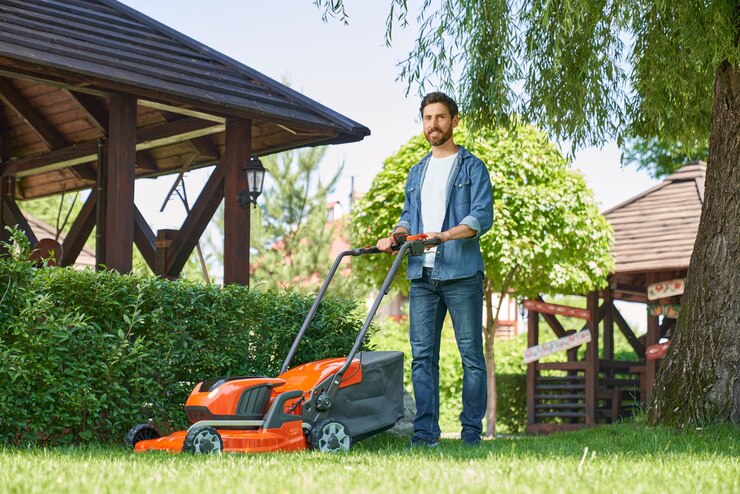
Weed Management: Keep Unwanted Guests at Bay
Weeds compete with your plants for nutrients, light, and water.
Preventive Measures
- Mulching: Apply a thick layer of mulch to suppress weed growth.
- Dense Planting to Prevent Weeds: Plant beds densely to minimize the space available for weeds to grow. This reduces the need for weeding and helps maintain a tidy garden.
- Landscape Fabric: Use fabric barriers under mulch in garden beds.
Manual Removal
- Hand Weeding: Regularly pull weeds before they set seed.
- Hoeing: Use a hoe to sever weeds at the soil surface.
Mulching Mastery
Mulch is a gardener’s best friend, providing numerous benefits beyond weed control.
Types of Mulch
- Organic: Compost, shredded leaves, straw, and bark chips.
- Inorganic: Gravel, plastic sheeting, and landscape fabric.
Application Tips
- Depth: Apply mulch 2-4 inches deep, avoiding direct contact with plant stems.
- Refresh Regularly: Top up mulch annually to maintain its effectiveness.
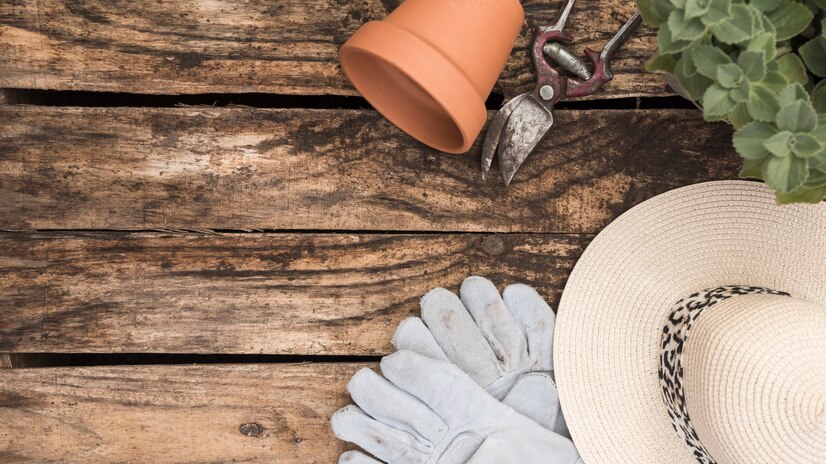
Seasonal Maintenance
Your garden’s needs change with the seasons. Stay on top of seasonal tasks to keep your garden thriving year-round.
Spring Tasks
- Soil Preparation: Test and amend soil as needed.
- Planting: Sow seeds and plant new perennials.
Summer Care
- Watering: Increase watering frequency as temperatures rise.
- Pest Control: Keep an eye out for pests and diseases.
Fall Prep
- Harvesting: Gather remaining crops and herbs.
- Mulching: Apply a fresh layer of mulch to protect plants over winter.
Winter Work
- Tool Maintenance: Clean and sharpen tools.
- Planning: Start planning next year’s garden.
Composting: Turn Waste into Gold
Composting is an excellent way to recycle garden and kitchen waste into nutrient-rich soil.
What to Compost
- Greens: Vegetable scraps, coffee grounds, and grass clippings.
- Browns: Leaves, straw, and cardboard.
Composting Tips
- Balance: Aim for a mix of green and brown materials.
- Aeration: Turn your compost pile regularly to speed up decomposition.
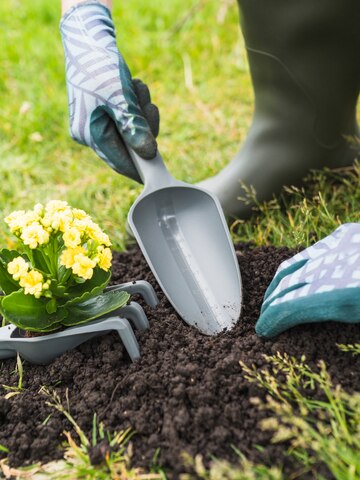
Garden Tools: Investing in Quality
Good tools make garden maintenance easier and more efficient.
Essential Tools
- Hand Tools: Trowel, pruners, and weeding fork.
- Power Tools: Lawn mower, leaf blower, and hedge trimmer.
Maintenance Tips
- Cleaning: Clean tools after each use to prevent rust and wear.
- Sharpening: Keep blades sharp for precise cuts and reduced effort.
Container Gardening: Flexibility and Fun
If space is limited or you want to add variety, container gardening is a great option.
Choosing Containers
- Material: Consider clay, plastic, or metal pots.
- Size: Ensure containers are large enough for the plant’s root system.
Soil and Watering
- Potting Mix: Use a high-quality potting mix for containers.
- Drainage: Ensure containers have drainage holes to prevent waterlogging.
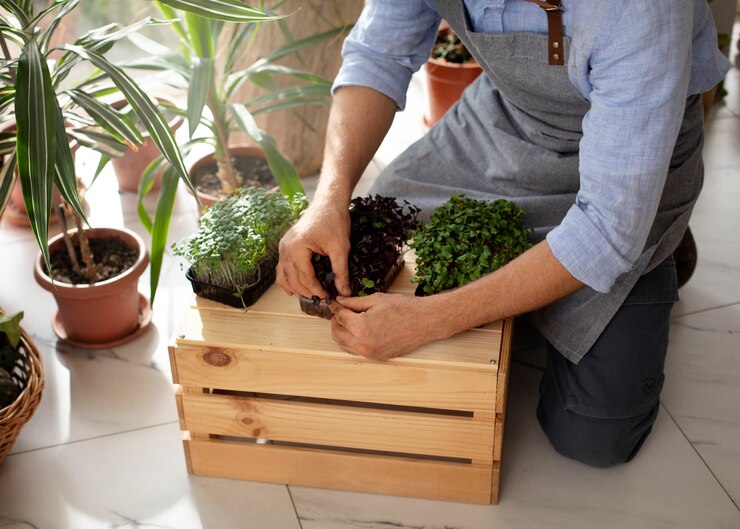
Attracting Wildlife
A garden teeming with birds, bees, and butterflies is both beautiful and beneficial.
Planting for Wildlife
- Nectar Plants: Grow flowers that attract pollinators.
- Shelter: Provide nesting boxes and habitats.
Water Sources
- Birdbaths: Maintain clean water for birds.
- Ponds: Small ponds can attract a variety of wildlife.
Sustainable Gardening Practices
Gardening sustainably benefits the environment and your pocket.
Water Conservation
- Rain Barrels: Collect rainwater for irrigation.
- Drip Irrigation: Reduce water waste with efficient watering systems.
Organic Gardening
- Natural Fertilizers: Use compost and organic matter instead of chemicals.
- Pesticides: Opt for natural pest control methods.
Enjoying Your Garden
Finally, remember to take the time to enjoy your hard work.
Create Relaxing Spaces
- Seating Areas: Place benches or chairs in shaded spots.
- Decor: Add garden ornaments, lighting, and water features.
Social Spaces
- Gatherings: Host garden parties or casual get-togethers.
- DIY Projects: Engage in fun garden projects like building a birdhouse or a small pond.
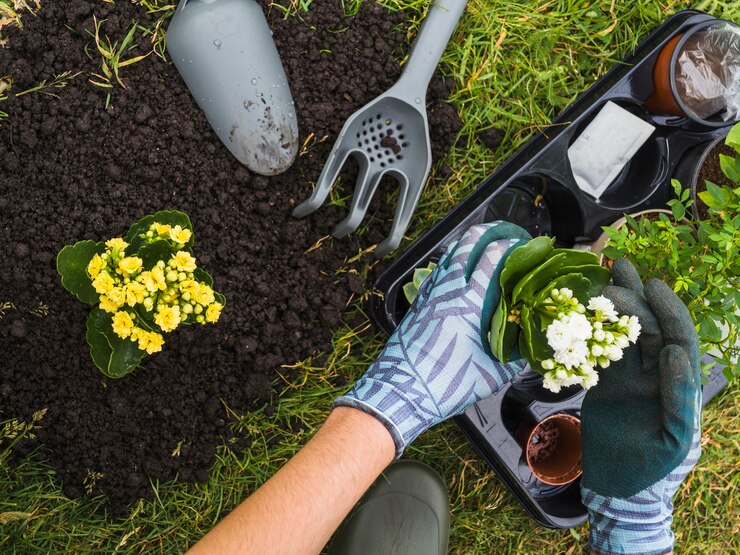
Gardening is a labor of love that rewards you with beauty, tranquility, and the satisfaction of nurturing life. By following these best 15 garden maintenance tips (guiding), you can ensure your garden remains a lush, vibrant space year-round. Remember, the key to a thriving garden lies in understanding your plants’ needs and staying proactive with your maintenance. Happy gardening!
FAQs
What is the meaning of garden maintenance?
Garden maintenance refers to the regular care and upkeep of a garden to ensure it remains healthy, attractive, and productive. This includes a variety of tasks such as watering, weeding, pruning, fertilizing, pest control, and cleaning. Proper garden maintenance helps plants grow well, prevents diseases and pests, and keeps the garden looking its best throughout the year.
How do I maintain my garden?
Maintaining a garden involves several key tasks:
- Watering: Ensure plants receive adequate water, but avoid overwatering. Different plants have different water needs.
- Weeding: Regularly remove weeds to prevent them from competing with your plants for nutrients, water, and light.
- Pruning and Trimming: Cut back overgrown branches and dead or diseased parts to encourage healthy growth and maintain the shape of plants.
- Fertilizing: Provide essential nutrients by applying compost or fertilizers as needed.
- Pest Control: Monitor for pests and diseases, and use appropriate measures such as natural predators, traps, or pesticides to manage them.
- Mulching: Apply mulch to retain soil moisture, regulate temperature, and suppress weeds.
- Cleaning: Remove fallen leaves, debris, and spent plants to keep the garden tidy and reduce the risk of disease.
What is ground maintenance?
Ground maintenance refers to the care and management of all types of ground surfaces, including lawns, sports fields, parks, and other landscaped areas. This involves a variety of tasks such as mowing, edging, fertilizing, aerating, pest control, and seasonal clean-ups. Ground maintenance ensures that these areas remain safe, healthy, and visually appealing.
How to maintain a vegetable garden?
Maintaining a vegetable garden involves specific practices to ensure healthy and productive crops:
- Soil Preparation: Start with well-prepared soil, rich in organic matter and properly tilled.
- Planting: Plant seeds or seedlings at the right time, following spacing and depth recommendations.
- Watering: Water deeply and consistently, especially during dry periods. Drip irrigation or soaker hoses can be effective.
- Weeding: Keep the garden free of weeds to prevent competition for nutrients and water.
- Fertilizing: Use compost or organic fertilizers to provide essential nutrients. Follow a feeding schedule based on the needs of the specific vegetables you are growing.
- Mulching: Apply mulch around plants to retain moisture, suppress weeds, and regulate soil temperature.
- Pest and Disease Management: Regularly inspect plants for signs of pests and diseases. Use organic or chemical controls as necessary and practice crop rotation to minimize problems.
- Pruning and Staking: Support tall plants like tomatoes with stakes or cages, and prune to improve air circulation and plant health.
- Harvesting: Harvest vegetables at their peak ripeness to encourage continuous production and enjoy fresh produce.
